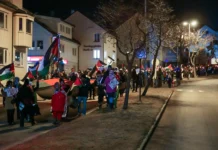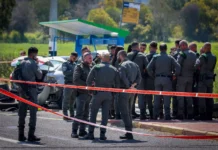A Jewish partisan group led by Abba Kovner blew up two bridges and two train engines in the Vilna region on this date in 1943. “Jews formed armed resistance groups only after they realized there was no possible escape from the Nazis’ aim of total annihilation,” writes Shmuel Krakowski in the YIVO Encyclopedia of Jews in Eastern Europe. Kovner, a socialist Zionist leader, was one of the first to come to this realization: In the summer of 1941, while hiding in a convent near Vilna (the mother superior, Anna Borkowska, one of Yad Vashem’s “Righteous Among the Nations,” smuggled the resistance movement’s first hand grenades into the ghetto), Kovner wrote a clarion call of rebellion that anticipated the wholesale murder of his people: “Hitler is scheming to annihilate all of European Jewry. . . . It is true that we are weak and defenseless, but resistance is the only response to the enemy!” The original Yiddish manifesto, read aloud (alongside a Hebrew translation) in the Vilna Ghetto on December 31st, was entitled: “Lomir nit lozn zikh firn vi shof tsu der shkhite!” (“Let Us Not Be Taken Like Sheep to the Slaughter!”) Kovner survived the Holocaust and its aftermath to become a major literary figure in modern Israel.
“Useless: I try now to define who you were—
word shadows! Only your returning shadow
exists. My hands will never
touch you. Your coffin
never leaves my shoulders.” —Abba Kovner, from “That’s Not in the Heart”

























